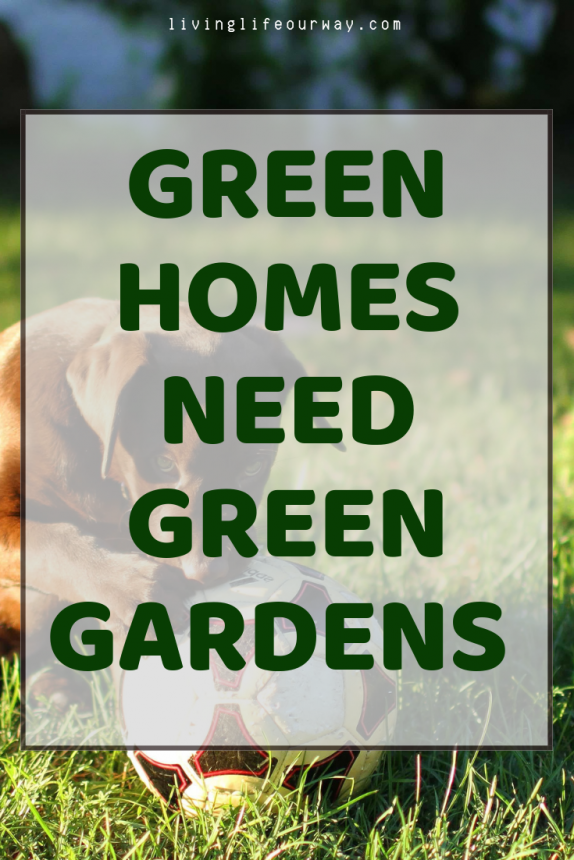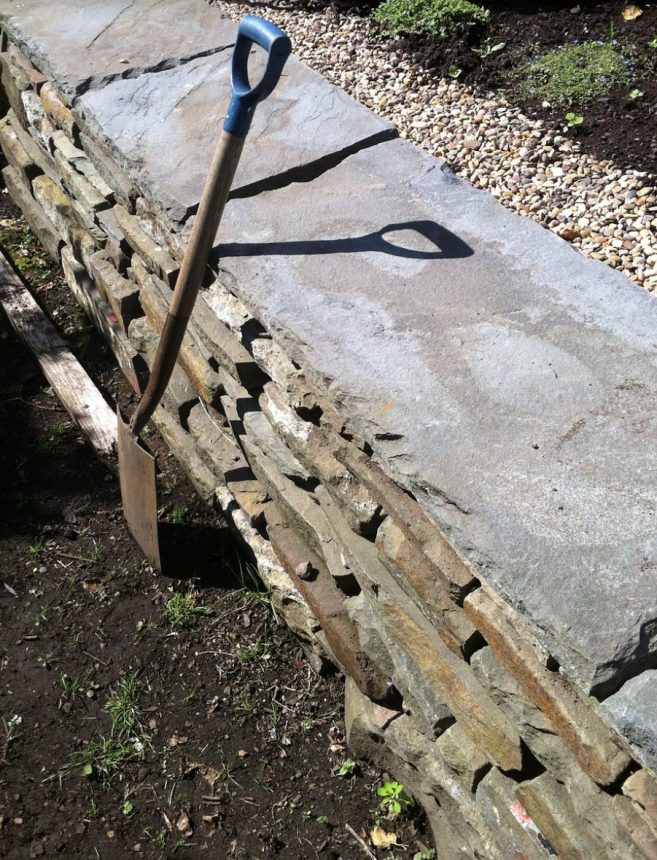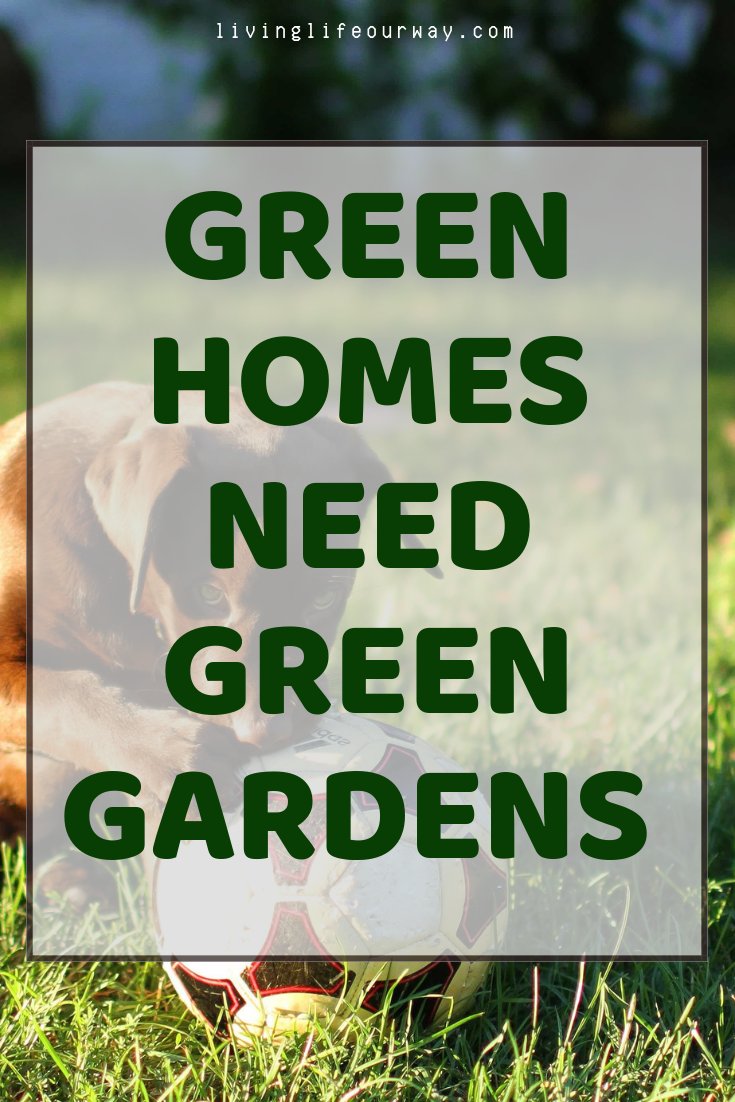More and more homeowners have transformed their interior decor and lifestyle to create nature-friendly attitudes at home. You might have switched all your light bulbs for LED solutions that are not only cost-effective but that also dramatically reduce your energy consumption, for instance. Perhaps you’ve been encouraging your family to take shorter showers and turn the tap off while brushing their teeth. It is not uncommon, as well, to pursue your green motivations into the kitchen, where your grocery shopping focuses only on the most sustainable options, from packaging to production. In a word, you have a green home.
However, if your green home is surrounded by a grey and dull garden, your efforts in protecting the ecosystem might seem vain. As a nature-lover, you need to invest time and energy in turning your yard into a green and lush garden. Why so? Because the best way to protect the environment is to create a space where wildlife can roam freely and safely directly at home.

Is it flooded in places?
Home maintenance is the responsibility of the homeowner. You wouldn’t dream of putting your house at risk by falling your maintenance schedule, from cleaning the gutters to keeping your HVAC system under control. However, the same level of care isn’t passed onto the garden. If the gutters on your driveways tend to flood easily, for instance, it might be a sign that they’re blocked. The excess water can lead to wet patches in your garden, which affects not only the vegetation but also the overall soil structure. Additionally, the presence of stagnant water in your garden can also be a health hazard for pets and children. In other words, you want to ensure that rainwater has a clear escape path.
Soil needs nutrients to be productive
Unless you’re a professional gardener, you probably don’t know the soil composition in your garden. However, you can observe if there are visible issues. For instance, if plants struggle to grow, your soil might not be fertile enough. You can use feeding solutions such as Seasol to give your garden all the nutrients it needs. Additionally, you can also make your own compost bin, using biodegradable garbage – fruits and vegetable peels are a favourite, but you can also use eggshells, for instance – to feed your soil. Besides, using composting benefits not only the soil but the environment, as you can dramatically reduce your wastes.
Is your soil too compact or overcrowded?
Last, but not least, if you notice a lot of wet or empty patches where nothing seems to grow, it’s a sign that you might need to dig deep. Indeed, the presence of rocks and other large obstacles – such as bricks or even construction rambles from a previous construction site – in the ground affects its ability to absorb water. Consequently, your garden appears to flood when it rain, even though you’ve got a water evacuation system. Additionally, plants can’t grow roots in the proximity of stones, and therefore they can’t survive. Large obstacles might need breaking up or even professional equipment to be removed safely. For small stones and rocks, you can use a shovel to solve the issue.

A green garden is a welcoming place for wildlife. It provides shelter and food for small animals and insects. Additionally, it also actively purifies the air around your home and makes your green home lifestyle come true.
*This is a collaborative post


Informative post ! It is definitely going to be a great help for me. #journeysays